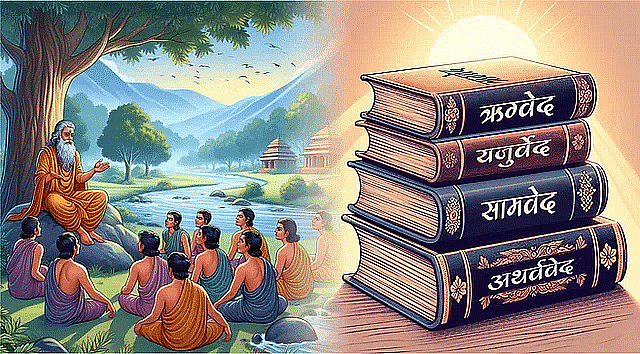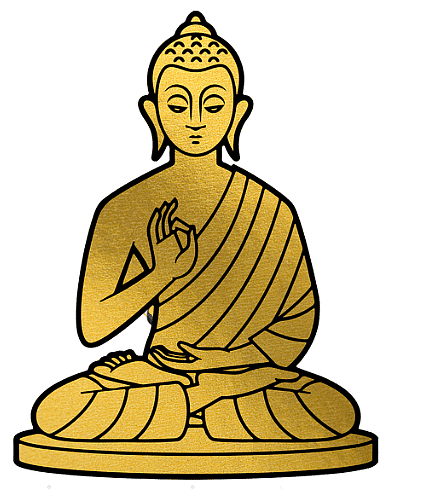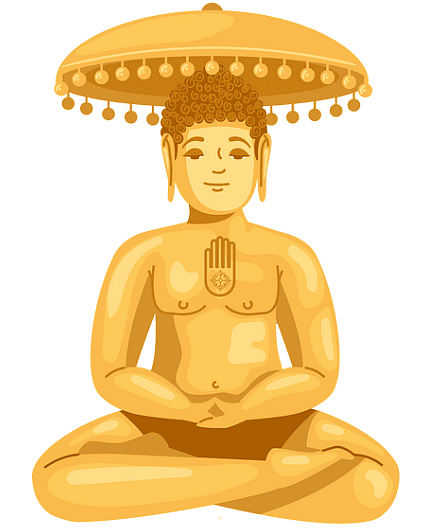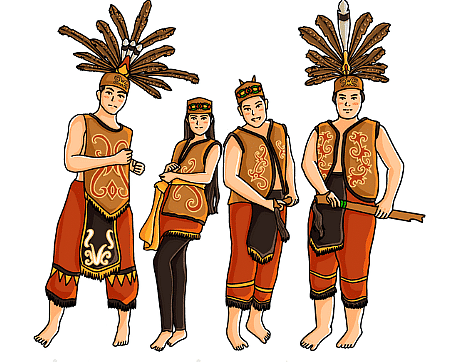Chapter 6 The Beginnings of Indian Civilisation Notes & Summary
November 5, 2024Chapter 8 Unity in Diversity, or ‘Many in the One’ Notes & Summary
November 5, 2024Introduction
Imagine an ancient tree with many roots and branches. The roots support the tree and its many branches, which grow in different directions but share the same trunk. Indian culture is like this tree. It is several millennia old, with roots that go deep into history and branches that represent art, literature, science, medicine, religion, governance, and more. By exploring these roots and branches, we can understand the unique personality of India.
The Vedas and Vedic Culture
What are the Vedas?
The word “Veda” comes from the Sanskrit word “vid,” which means ‘knowledge.’ There are four Vedas: the Ṛig Veda, the Yajur Veda, the Sāma Veda, and the Atharva Veda. These are among the oldest texts in the world. The Vedas consist of thousands of hymns—prayers in the form of poems and songs—that were recited orally and passed down through generations with minimal alterations.
Fun Fact: In 2008, UNESCO recognized Vedic chanting as ‘a masterpiece of the oral and intangible heritage of humanity’ because of its meticulous transmission over thousands of years.
The Vedic hymns were composed by rishis (male sages) and rishikas (female sages) in an early form of Sanskrit. These hymns were addressed to many deities, such as Indra, Agni, Varuṇa, Mitra, Sarasvatī, and Uṣhas. The Vedic worldview emphasized values like ‘Truth’ (ṛitam), which was often synonymous with God. One famous hymn states, “The Existent [the supreme reality] is one, but sages give it many names.”

Vedic Society
Early Vedic society was organized into different janas or ‘clans.’ The Ṛig Veda lists over 30 such clans, including the Bharatas, the Purus, the Kurus, and the Yadus. Each clan was associated with a specific region in the northwest part of the Indian Subcontinent.
The Vedas mention various professions, such as agriculturists, weavers, potters, builders, carpenters, healers, dancers, barbers, and priests.
Vedic Schools of Thought
Vedic culture developed many rituals (yajña) directed toward deities for individual or collective well-being. Over time, rituals became more complex. The Upaniṣhads, a group of texts, built on Vedic concepts and introduced ideas like rebirth and karma. Vedanta, a school of thought from the Upaniṣhads, taught that everything—human life, nature, and the universe—is one divine essence called brahman.
Fun Fact: Two well-known mantras from the Upaniṣhads are “aham brahmāsmi” (I am brahman) and “tat tvam asi” (You are That), expressing the unity of the divine essence.
Try yourself:
Which school of thought from the Upani?hads teaches that everything is one divine essence called brahman?
A.
Yoga
B.
Vedanta
Correct Answer
C.
S?nkhya
D.
Ny?ya
Explanation
– Vedanta school of thought teaches that everything is one divine essence called brahman.
– It is important to understand the different schools of thought in Indian philosophy to grasp the diversity of ideas and beliefs.
Report a problem
Buddhism
The Life of Buddha
Around 2,500 years ago, a young prince named Siddhārtha Gautama was born in Lumbini (now in Nepal). At the age of 29, after witnessing suffering in the world, he left his palace life to seek the root cause of human suffering. After meditating under a pipal tree at Bodh Gaya (in Bihar), he attained enlightenment and became known as the Buddha, the ‘enlightened one.’
The Buddha taught that ignorance (avidyā) and attachment cause suffering. He emphasized ahimsa (non-violence) and inner discipline. The Buddha founded the Sangha, a community of monks (bhikṣhus) and nuns (bhikṣhuṇīs) to spread his teachings.

Fun Fact: A famous saying of the Buddha is, “Conquering oneself is greater than conquering a thousand men on the battlefield a thousand times.”
Jainism
The Life of Mahāvīra
Like Buddha, Prince Vardhamāna (later known as Mahāvīra) was born into a royal family in the early 6th century BCE. He left his home at age 30 to seek spiritual knowledge and achieved ‘infinite knowledge’ after 12 years of ascetic discipline.

Fun Fact: The word ‘Jain’ comes from jina, meaning ‘conqueror,’ referring to conquering ignorance and attachments to achieve enlightenment.
Jain teachings include ahimsa (non-violence), anekāntavāda (many-sidedness), and aparigraha (non-possession). Jainism emphasizes the interconnectedness of all creatures.
Try yourself:
Which of the following teachings is common to both Buddhism and Jainism?
A.
Non-violence
Correct Answer
B.
Caste system
C.
Animal sacrifice
D.
Polytheism
Explanation
– Both Buddhism and Jainism emphasize the principle of non-violence towards all living beings.
– Non-violence, or ahimsa, is a key teaching in both religions that focuses on compassion and respect for all life forms.
Report a problem
Folk and Tribal Roots
What is a Tribe?
A tribe is a group of families or clans with a common descent, culture, and language, living as a close-knit community under a chief. India has 705 tribes, with a population of about 104 million people.
Tribes have rich oral traditions and have interacted with Hindu belief systems. Many deities and concepts have been exchanged between tribal and Hindu traditions. For example, Jagannath of Puri was originally a tribal deity.

Fun Fact: The Toda tribe of the Nilgiris in Tamil Nadu considers over thirty peaks of their mountain range as residences of gods or goddesses, and these peaks are so sacred that they avoid pointing to them with a finger.
Conclusion
The Vedas, India’s earliest texts, gave rise to several schools of thought, including Vedanta and Yoga. Buddhism and Jainism, which developed around the same time, emphasized specific values and practices. Despite their differences, these schools shared common concepts like dharma, karma, and the search for an end to suffering and ignorance.
Tribal belief systems have also enriched Indian culture through constant interaction with Hinduism. Understanding these diverse roots helps us appreciate the depth and richness of Indian culture, which continues to influence and inspire people around the world today.

